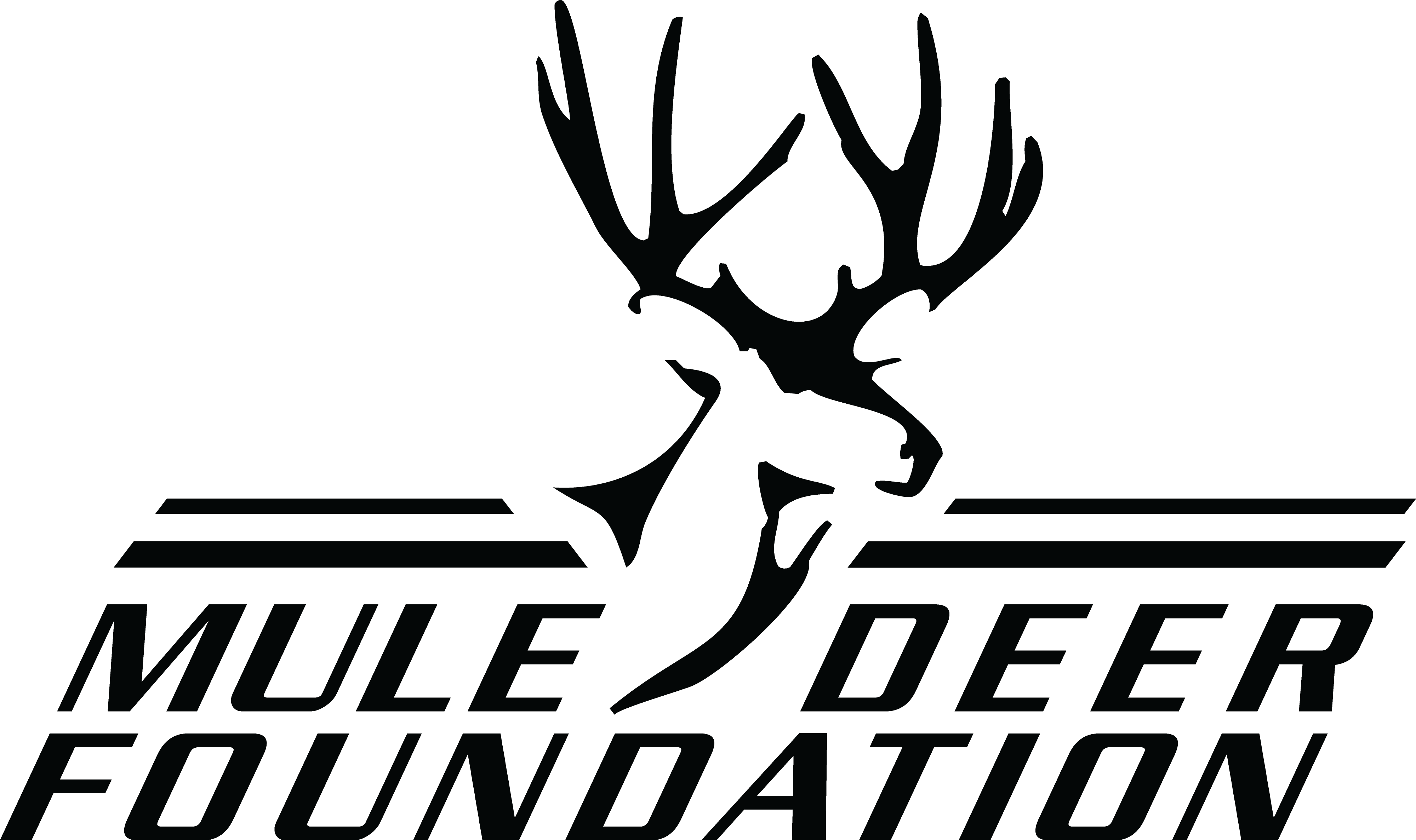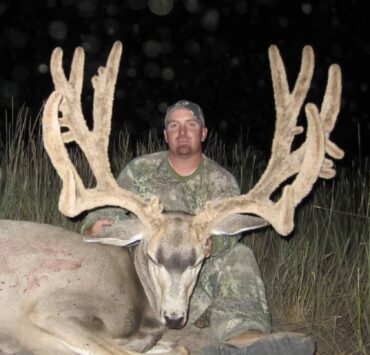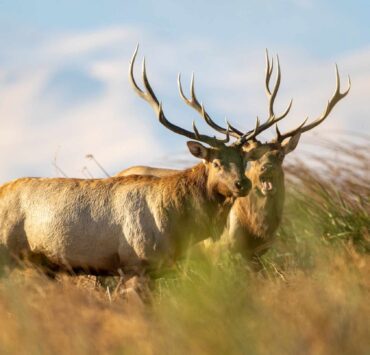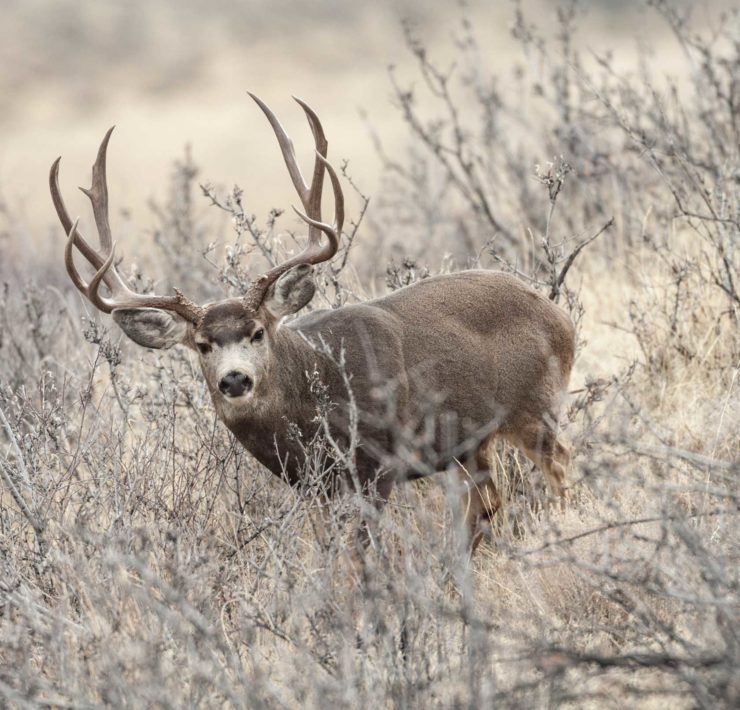MDF Thanks Department of the Interior for Continued Focus on Big Game
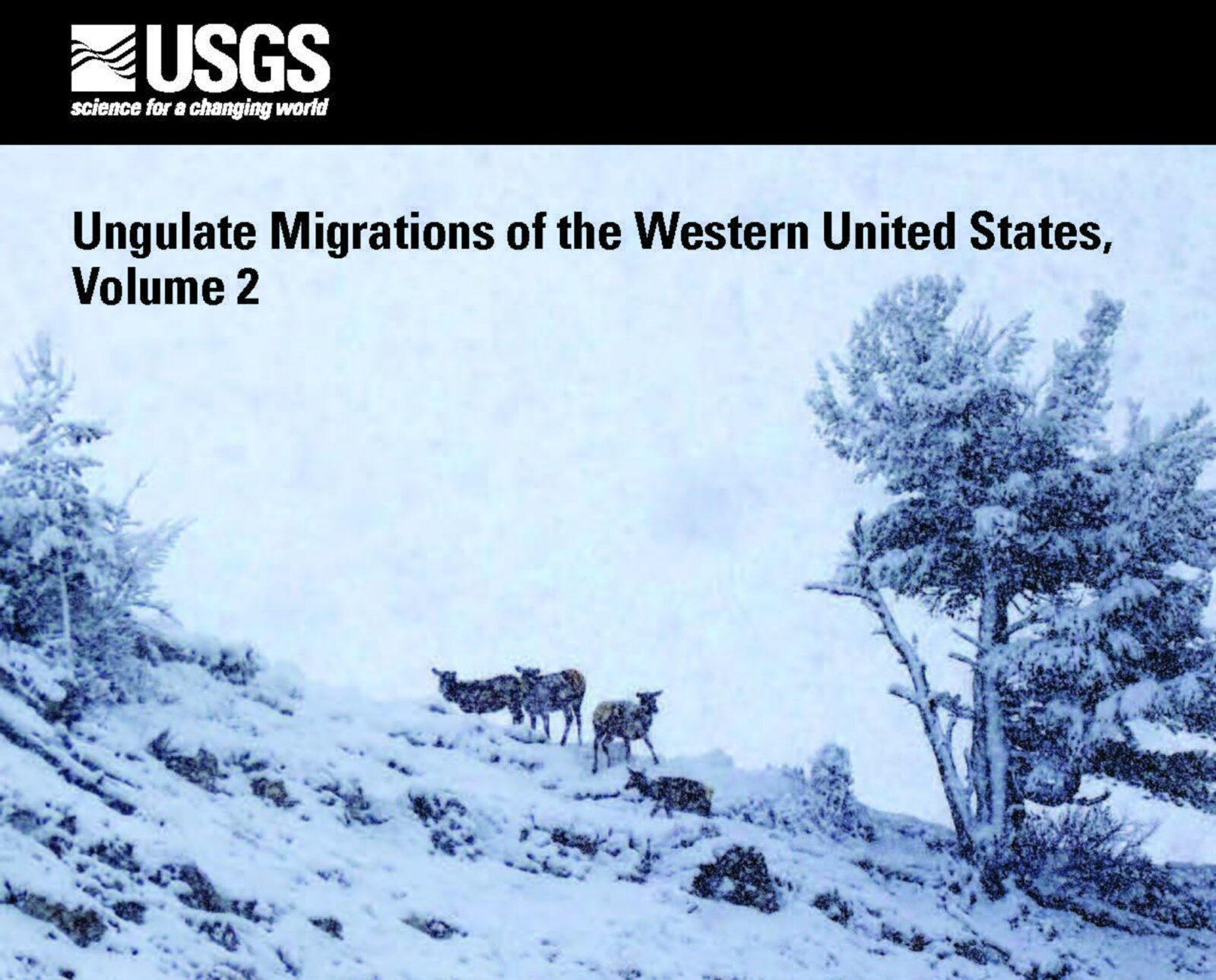
The Mule Deer Foundation is the only conservation group in…
The Mule Deer Foundation (MDF) welcomed today’s announcement by Secretary Deb Haaland about the Department of the Interior’s (DOI) continued commitment to Secretarial Order 3362. The Order, signed in 2018 during MDF’s Western Hunting & Conservation Expo, has played a critical role in increasing focus on research, conservation, and restoration of big game migration corridors and seasonal ranges. Also during the press conference, the U.S. Geological Survey (USGS) released Ungulate Migrations of the Western United States: Volume 2 that documents 65 big game migration routes in seven states and on tribal lands in Wyoming. MDF Cooperative Mule Deer Biologist Lucas Olson has served as a liaison to the USGS Corridor Mapping Team through a shared position with the Arizona Game and Fish Department (AZGFD) and worked with the team to produce the report.
“We appreciate that this Administration remains committed to SO 3362 and recognizes the importance of big game migration corridors and seasonal ranges. We hope that this support also means the Department will continue to commit significant funding for SO 3362 habitat projects and big game migration research in fiscal year 2023 and beyond,” commented Joel Pedersen, MDF President/CEO. “Through the leadership provided by the Department and working collaboratively with state fish and wildlife agencies, SO 3362 has proven to be a highly successful landscape conservation initiative that is benefiting economically and ecologically important big game species, but also the hundreds of other species that depend on the same habitat.”




Today’s presentation included an announcement of the grants that will be funded in Fiscal Year 2022 through the National Fish and Wildlife Foundation’s (NFWF) Western Big Game Seasonal Habitat and Migrations Corridors Fund. The $2.5 million for 13 on-the-ground projects will be matched by $7 million in partner funding. The Mule Deer Foundation will be working with state wildlife agency partners in Arizona, Idaho, and Wyoming for their habitat restoration projects.
“Secretarial Order 3362 has led to significant on-the-ground habitat improvement projects through the NFWF grant program and the Mule Deer Foundation is proud to work with our partners on projects like habitat improvement, invasive weed management, and transitioning to wildlife-friendly fencing. These conservation efforts are making a difference on the ground and continued funding for this grant program in FY23 and beyond is essential to keep up the momentum,” Pedersen noted. “It is through the new science generated by wildlife biologists like our own Lucas Olson that we can focus the right work in the right places at the right scale where it will make the biggest difference for western big game species.”
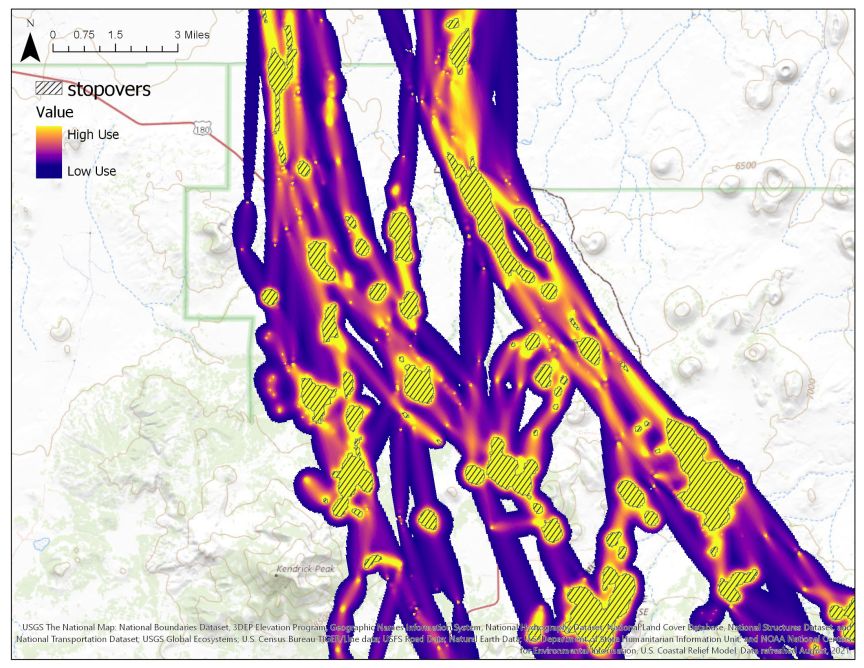
In his role with MDF and AZGFD, Olson works with the USGS Corridor Mapping Team to use consistent scientific methods to analyze and map big game migration corridors and key seasonal range. The Corridor Mapping Team uses analytical tools such as the Brownian Bridge Movement Model to create heat maps, which represent ‘hot’ and ‘cold’ spots as probabilities of animals using certain areas. These models are being used to help wildlife managers identify road crossing hotspots, movement bottlenecks, or critical winter range within a population of mule deer and other big game to prioritize these areas for conservation. Many of the maps in the second volume of the Ungulate Migrations report come from collaring studies that were funded or inspired through the SO 3362 process. The results of the research allow for even more precise targeting of conservation action in the areas that big game species need the most help.
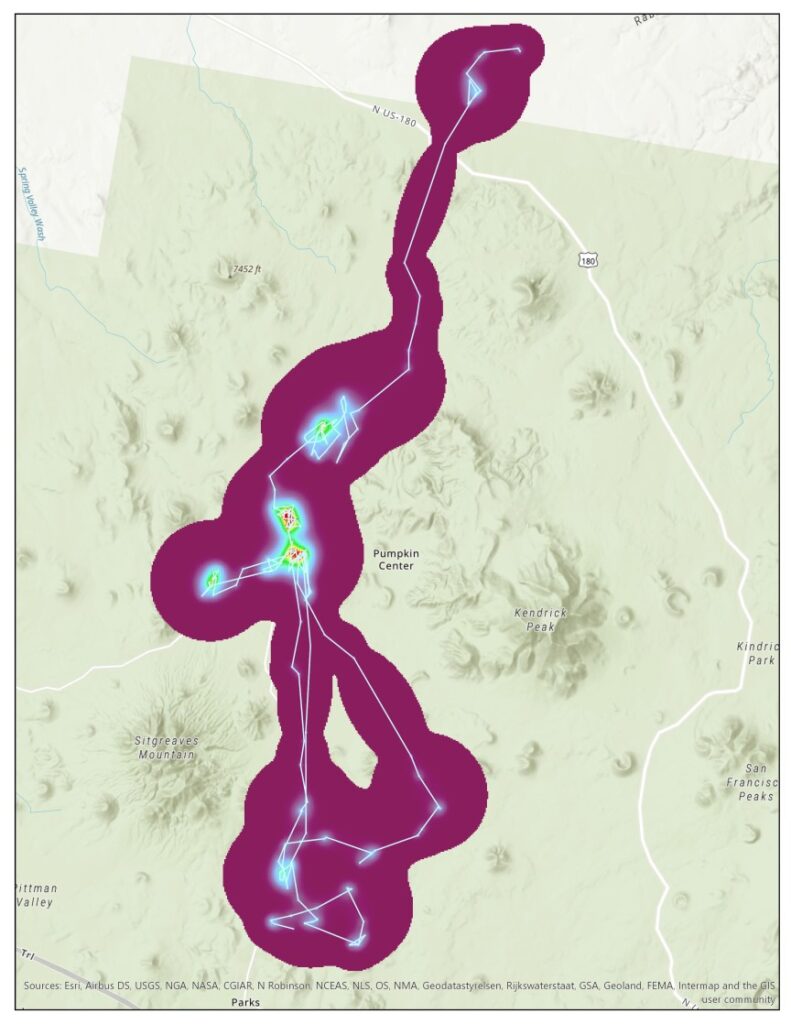
“The collaboration between so many groups who came together to build the report shows the importance of this issue. Together, we are beginning to paint a very detailed picture of ungulate migrations across the West,” Olson said. “Just like we have maps of our watersheds readily available, we can now move forward with management decisions taking where ungulates migrate into account.”
In a related action today, the Senate Environment and Public Works Committee passed the Recovering America’s Wildlife Act (RAWA) out of committee by a 15-5 vote. The legislation would provide up to $1.3 billion annually in new funding to state fish and wildlife agencies and nearly $1 billion in funding for tribal agencies for management of species of greatest conservation need. In many western states, mule deer and black-tailed deer have been identified in State Wildlife Action Plans as needing additional conservation attention. The increased funding available to states if RAWA is signed into law will be a tremendous boon to address the needs of all species of wildlife.
The Mule Deer Foundation is the only conservation group in North America dedicated to restoring, improving and protecting mule deer and black-tailed deer and their habitat, with a focus on science and program efficiency. MDF is a strong voice for hunters in access, wildlife management and conservation policy issues. MDF acknowledges regulated hunting as a viable management component and is committed to recruitment and retention of youth into the shooting sports and conservation. Get involved in your state or become a member at www.muledeer.org or call 1-888-375-3337.


